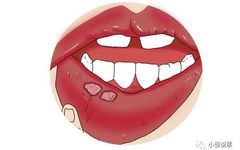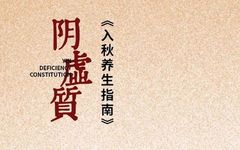Unified Explanation of Deficient Fire, Excess Fire, and Yin Fire
1. Yin Deficiency with Excess Fire, 2. Yang Deficiency with Cold, 3. Both Yin and Yang Deficiency, 4. Liver Qi Stagnation (1) Yin Deficiency with Excess Fire is the most common type of patient, with a very high incidence, primarily affecting middle-aged and elderly individuals, though it is also seen in adolescents. This condition is … Read more










